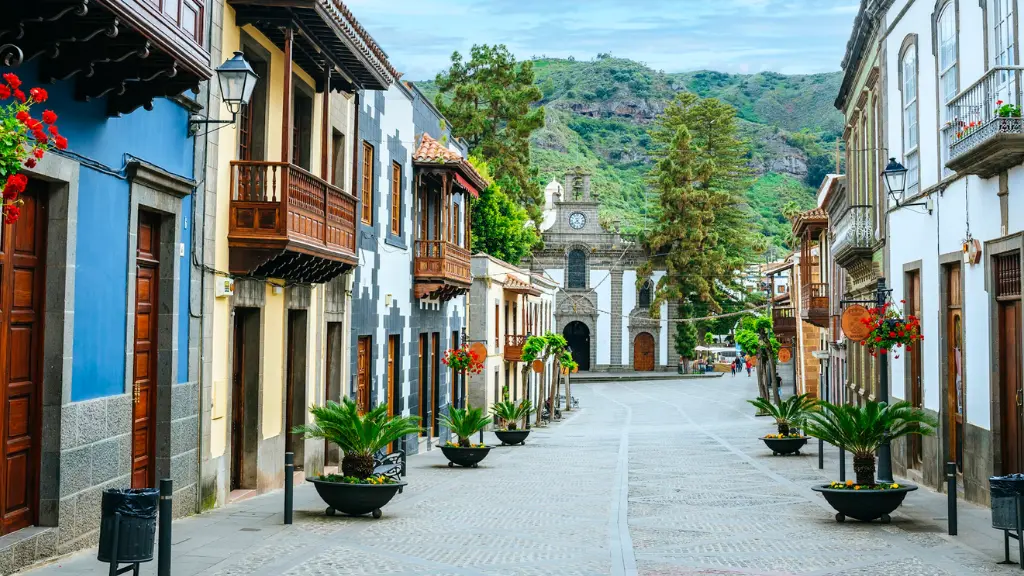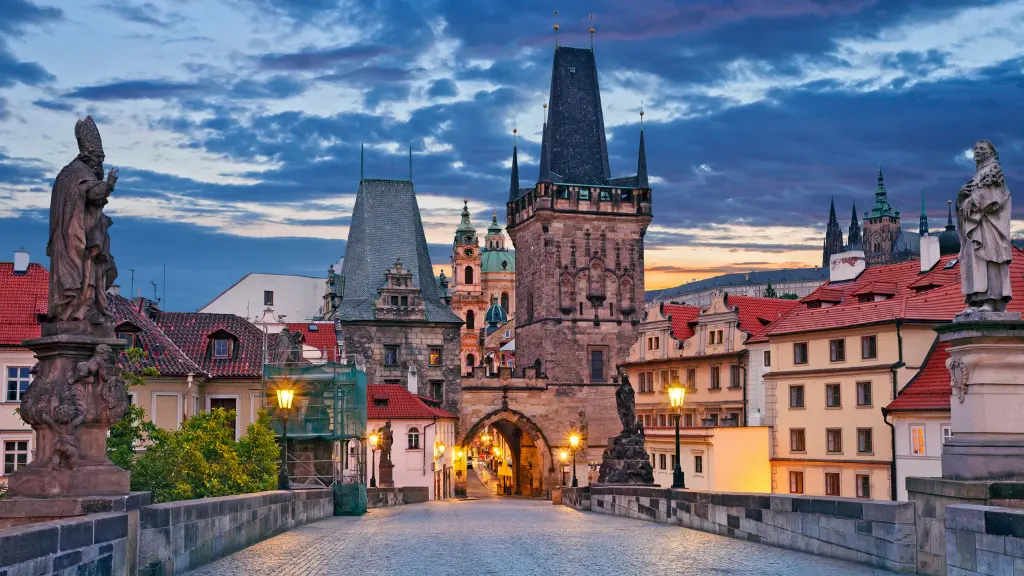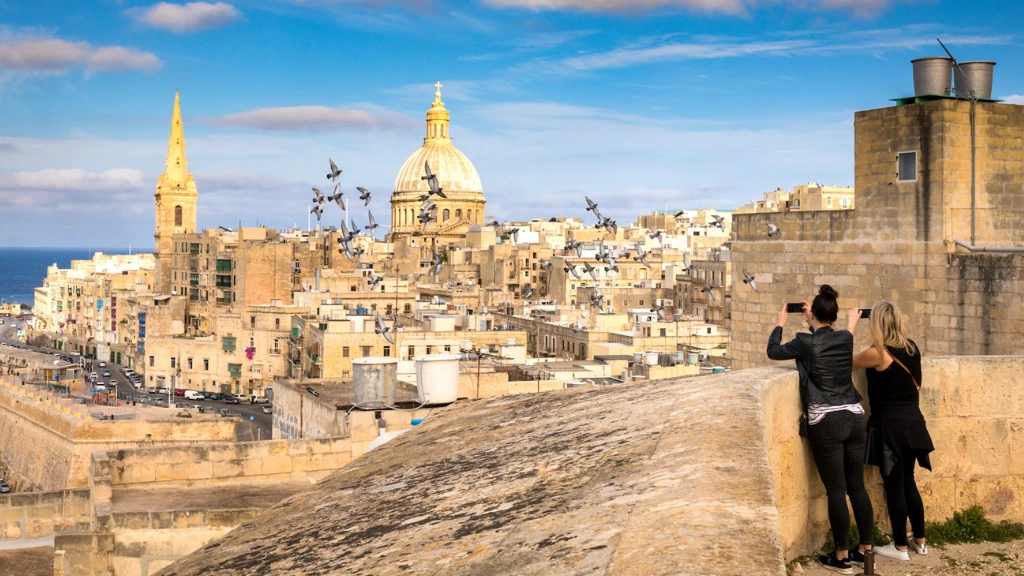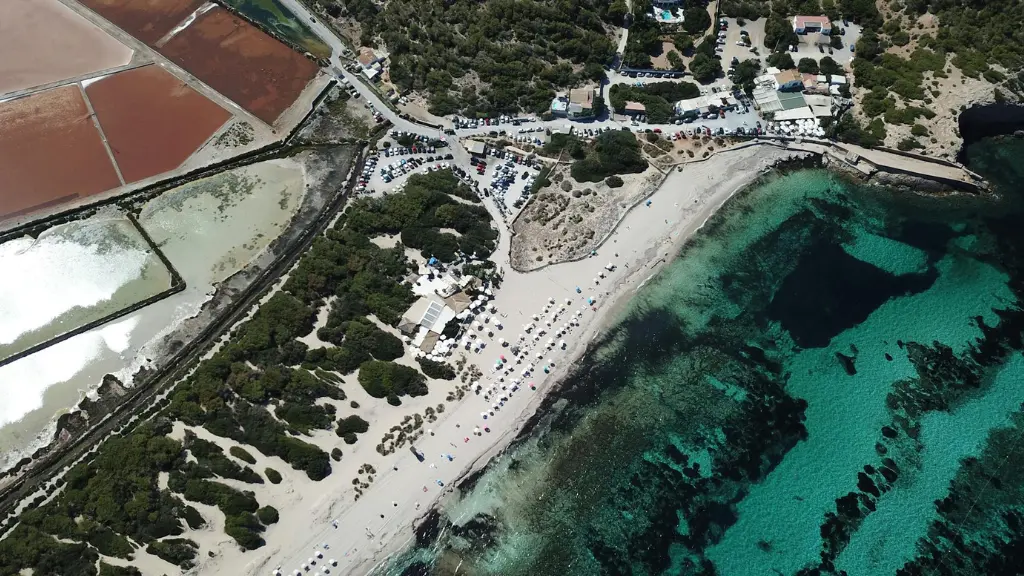Gran Canaria, the third-largest of Spain’s Canary Islands, is an unforgettable destination for travelers seeking both adventure and relaxation. Known for its diverse landscapes, ranging from sandy beaches to rugged mountains, this island offers something for everyone.
Whether you’re a beach lover, a hiking enthusiast, or a culture seeker, Gran Canaria promises an exciting and relaxing getaway.
You May Also Like: Planning a trip to Fuerteventura?
1. Getting to Gran Canaria
Gran Canaria is easily accessible by air or sea, making it a great choice for both international and inter-island travel.
- Flights:
Gran Canaria Airport (LPA) serves as the island’s main airport. Direct flights are available from major cities in Europe and beyond. - Ferries:
Ferries connect Gran Canaria to nearby islands such as Tenerife, Lanzarote, and La Palma, making island-hopping a breeze.
2. Best Time to Visit Gran Canaria
Gran Canaria enjoys mild weather throughout the year, but certain times of the year may be more suitable for your preferences.
- Peak Season (Winter – December to February):
The weather remains mild, making it a popular escape from colder climates. However, this is also the busiest time for tourists. - Spring and Fall (March to May, September to November):
Ideal for a more relaxed atmosphere and pleasant weather without the crowds. - Summer (June to August):
While temperatures rise, it’s a great time for water sports and beach activities.
3. Where to Stay in Gran Canaria
Gran Canaria offers a wide range of accommodation options, from luxury resorts to charming guesthouses. The island’s different regions provide varied experiences, so choose where you stay based on your interests.
- Las Palmas:
The island’s capital is a lively city with plenty of culture, shopping, and nightlife. A great choice for those who want a mix of city and beach. - Maspalomas:
Known for its luxury resorts and stunning sand dunes, this area is perfect for those seeking relaxation and adventure. - Puerto de Mogán:
Often referred to as “Little Venice,” this picturesque town is perfect for a quiet getaway. - Agaete:
For a more rural and serene experience, Agaete offers charming hotels with views of the mountains.
4. Must-See Beaches
Gran Canaria is renowned for its beautiful beaches, each offering something unique.
- Playa de Las Canteras:
A wide, golden beach with calm waters, ideal for swimming and walking. Located in Las Palmas, it’s one of the most popular beaches on the island. - Playa del Inglés:
A lively beach, popular with both locals and tourists. It has plenty of bars, restaurants, and activities like windsurfing and kitesurfing. - Maspalomas Dunes:
This UNESCO-listed natural reserve features vast sand dunes stretching into the horizon. It’s a must-see for nature lovers. - Playa de Amadores:
A more peaceful beach with crystal-clear water and stunning views. Great for swimming and lounging under the sun.
5. Explore Gran Canaria’s Villages and Towns
Beyond the beaches, Gran Canaria is home to charming villages and towns that are rich in culture and history.
- Teror:
A traditional Canarian town known for its colonial architecture, cobblestone streets, and beautiful basilica. - Arucas:
Famous for its rum distilleries and the impressive Church of San Juan Bautista. - Tejeda:
Located in the mountains, this picturesque village offers breathtaking views and an authentic Canarian atmosphere.
6. Hiking and Nature
Gran Canaria is a haven for hikers and outdoor enthusiasts. The island’s varied landscapes, from lush forests to volcanic peaks, offer plenty of trails.
- Pico de las Nieves:
The highest point on the island, offering panoramic views of Gran Canaria’s diverse terrain. - Roque Nublo:
One of Gran Canaria’s most iconic landmarks, this giant volcanic rock provides stunning views and excellent hiking opportunities. - Bandama Caldera:
A massive volcanic crater that you can explore by foot. The surrounding area offers some of the best hiking trails on the island.
7. Gran Canaria’s Culture and History
Gran Canaria’s rich history is reflected in its museums, festivals, and architectural landmarks.
- Museo Canario:
A museum dedicated to the history and culture of the Canary Islands, located in Las Palmas. - Casa de Colón:
A historic house in Las Palmas, once visited by Christopher Columbus. Learn about the island’s role in the Age of Exploration. - Carnival of Las Palmas:
One of the biggest and most colorful carnivals in the world. It’s held annually in February and offers a vibrant mix of music, costumes, and dancing.
8. Local Cuisine and Drinks
Gran Canaria offers a unique culinary experience with a mix of Spanish, African, and Latin influences.
- Papas Arrugadas:
Wrinkled potatoes served with the local red or green mojo sauce. A must-try for anyone visiting Gran Canaria. - Sancocho Canario:
A traditional Canarian dish made with fish, potatoes, and sweet potatoes. - Gofio:
A type of flour made from roasted grains, often used in soups, stews, and desserts. - Canarian Wine:
Gran Canaria is home to several vineyards that produce quality wine. Make sure to try a glass of local wine at one of the island’s many restaurants.
9. Day Trips and Excursions
Gran Canaria’s compact size makes it easy to explore, and there are several day trips and excursions to enjoy.
- Lanzarote:
Take a ferry to Lanzarote, a neighboring island known for its volcanic landscapes and unique architecture by César Manrique. - Tenerife:
A short ferry ride away, Tenerife offers spectacular hiking trails and the famous Teide National Park. - Cueva Pintada:
A prehistoric site in Gáldar with ancient cave paintings that offer insight into the island’s indigenous people.
10. Practical Tips for Visiting Gran Canaria
- Rent a Car:
Renting a car is highly recommended to explore the island’s diverse regions at your own pace. - Bring Sun Protection:
Gran Canaria is sunny and warm year-round. Don’t forget sunscreen, a hat, and sunglasses. - Respect Local Customs:
Spanish is the official language, but English is widely spoken in tourist areas. Learning a few basic phrases in Spanish can enhance your experience.
Conclusion
Gran Canaria is a versatile and beautiful destination, offering a little bit of everything: sun, sand, culture, nature, and delicious food. Whether you’re into adventure sports, hiking, or simply relaxing on a beach, the island has it all. Plan your trip, immerse yourself in the local culture, and enjoy all that Gran Canaria has to offer.










